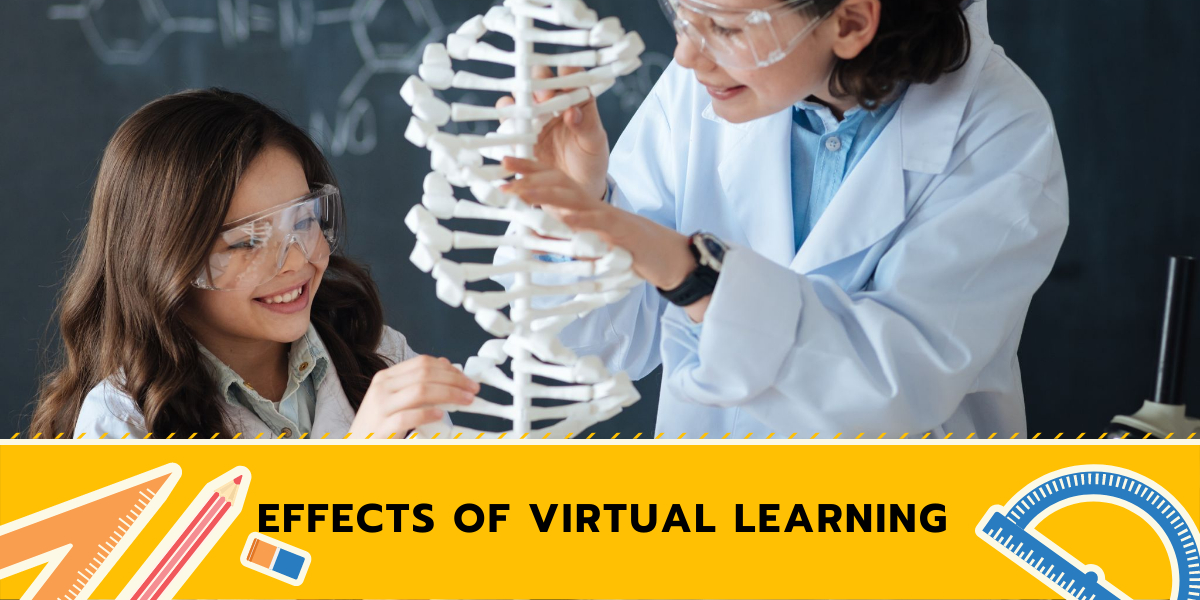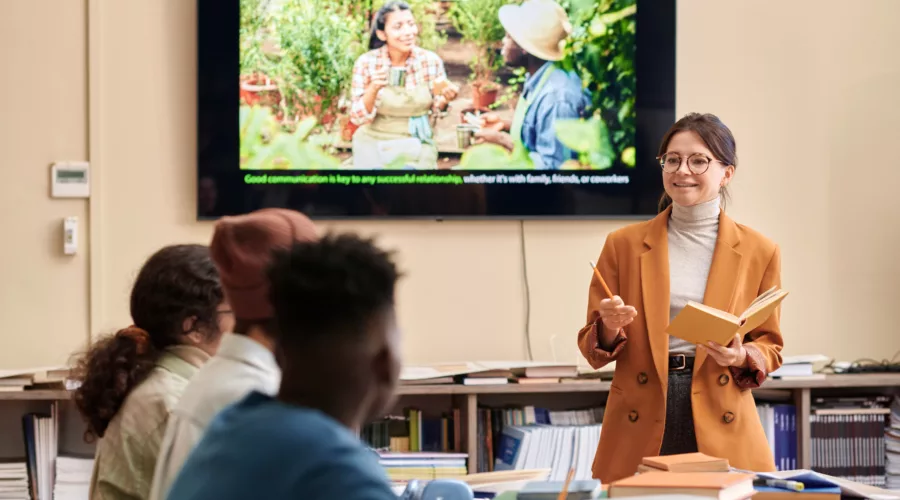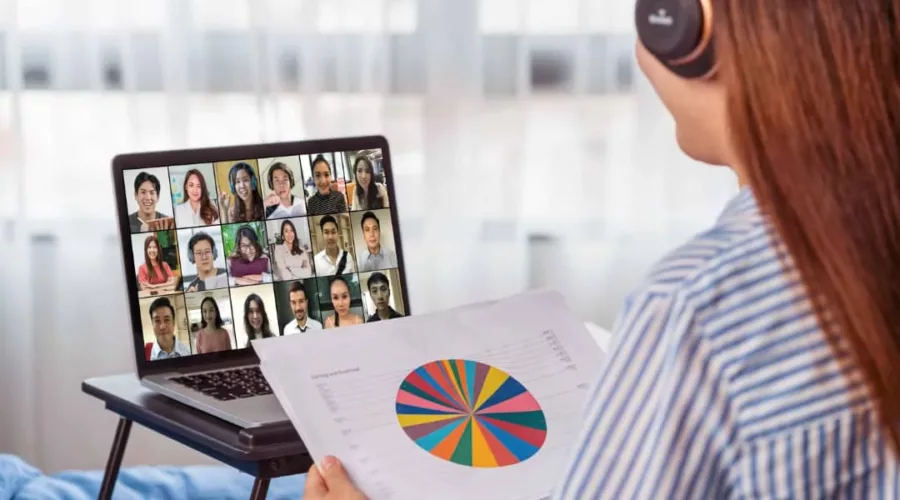Effects of virtual reality in learning; As early as the 1960s, virtual reality has proved to be very useful and beneficial to our lives. The hardware and software as well as the headsets and glasses used are some of the distinct features of virtual reality which has allowed it to become an invaluable form of technological advancement.
Virtual reality (VR) is a simulated experience that can be similar to or completely different from the real world. Applications of virtual reality include entertainment (particularly video games), education (such as medical or military training) and business (such as virtual meetings). Other distinct types of VR-style technology include augmented reality and mixed reality, sometimes referred to as extended reality or XR.
Currently, standard virtual reality systems use either virtual reality headsets or multi-projected environments to generate realistic images, sounds and other sensations that simulate a user’s physical presence in a virtual environment. A person using virtual reality equipment is able to look around the artificial world, move around in it, and interact with virtual features or items.
The effect is commonly created by VR headsets consisting of a head-mounted display with a small screen in front of the eyes, but can also be created through specially designed rooms with multiple large screens. Virtual reality typically incorporates auditory and video feedback, but may also allow other types of sensory and force feedback through haptic technology.
In this article, you will learn some of the positive effects of virtual reality in learning;
1. It makes learning easier:
Students who learn with virtual reality do not necessarily have to experience certain things before they can learn about it. They also don’t have to keep reading a particular textbook before they can learn since Virtual reality gives them a visual representation of what they want to learn about within the comfort of their classrooms.
2. It saves time:
Virtual reality saves time and even money when it comes to going on field trips or excursions since students can easily visualize events, watch animations and also take history lessons simply with the use of virtual reality.
3. It improves creativity:
The use of headset and glasses in virtual reality allows students to think beyond where they currently are, it also stimulates their sense of imagination and reasoning which allows them to be able to create or develop ideas on their own due to the positive impact of virtual reality on them.
Are you a school owner and you need a web solution to digitize your school work click here to sign up for free.
Author: Semira Ayeni.




